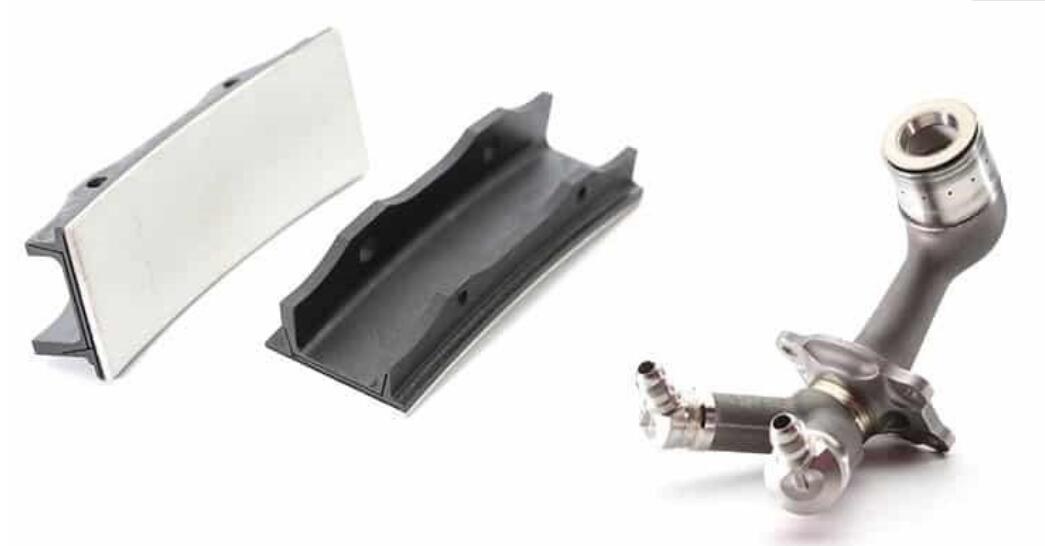Welcome to Sino Bearings web
24x7 HOTLINE:+86-28-81454188

 NEWS
NEWS
Two GE Aviation facilities producing advanced jet engine components recently passed major manufacturing milestones. GE Aviation’s Asheville, North Carolina, facility recently shipped its 100,000th turbine shroud made from ceramic matrix composite (CMC) materials, while the Auburn, Alabama, facility recently shipped its 100,000th additively manufactured fuel nozzle tip.
The Asheville facility, which began producing CMCs in 2014, is the aviation industry’s first mass manufacturing site for jet engine components made from CMCs. The Auburn site began producing fuel nozzles in 2015 and was the industry’s first mass manufacturing site for producing aircraft engine parts using additive manufacturing (AM).
Both parts are made for the LEAP engine, a product of CFM International, a 50/50 joint company between GE and Safran Aircraft Engines, which entered revenue service in 2016 and surpassed 10 million flight hours earlier in 2021. Each engine has 18 shrouds and 18 or 19 fuel nozzles, depending on the model.
In Asheville and Auburn, GE Aviation employees helped establish new processes to mass produce parts with CMC materials and AM, then scaled the technology while improving and maintaining production quality.
“We’re proud to deliver our 100,000th CMC turbine shroud in support of the LEAP engine,” said Ed Orear, composites general manager for GE Aviation. “This milestone is a testament to GE Aviation’s commitment to produce the leading aviation materials technologies. This achievement could not have happened without the great production teams in Asheville and Huntsville, supported by GE’s incredible engineering teams at GE Aviation and GE Research.”
GE Aviation employees in Huntsville, Alabama, support high volume, raw material production of CMCs.
CMCs, an advanced material containing silicon carbide fibers, is one-third the weight of traditional metal alloys with two times the temperature capability, helping improve engine thermal efficiency, thus reducing fuel consumption and carbon emissions.
AM involves using computer-aided designs to print a metal part from powder, layer by layer. Unlike traditional manufacturing methods that mill or cut away from a slab of metal to produce a part, AM grows parts directly from a CAD file using layers of fine metal powder and an electron beam or laser. The resulting part is lighter weight with less waste, manufactured in a fraction of the time it would take using traditional methods.
“We opened the industry’s first site for mass production using the AM process, and to achieve this milestone affirms our plans and investments were on target,” said Eric Gatlin, additive general manager for GE Aviation. “There is a bright and exciting future for this technology.”